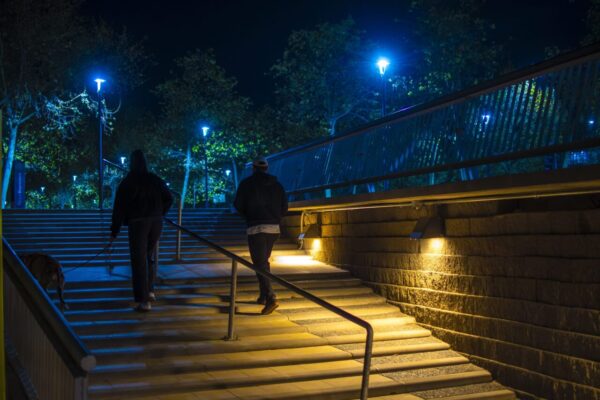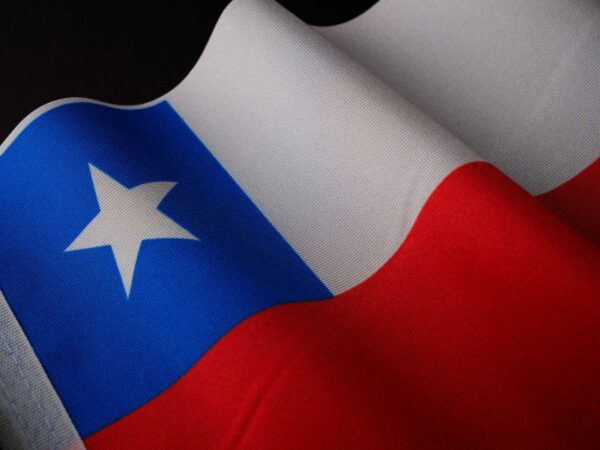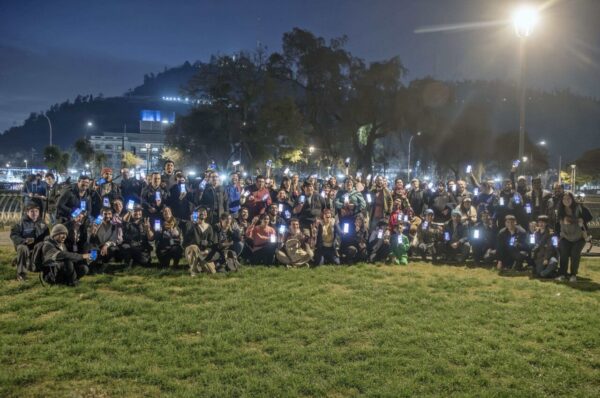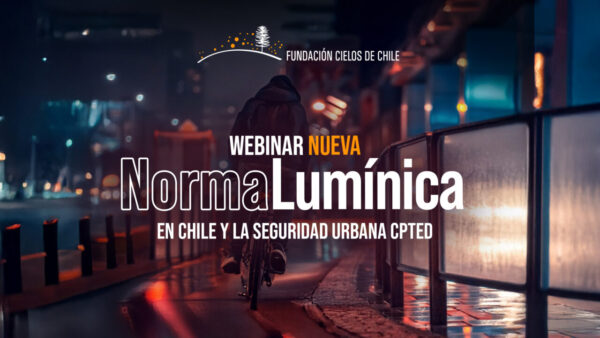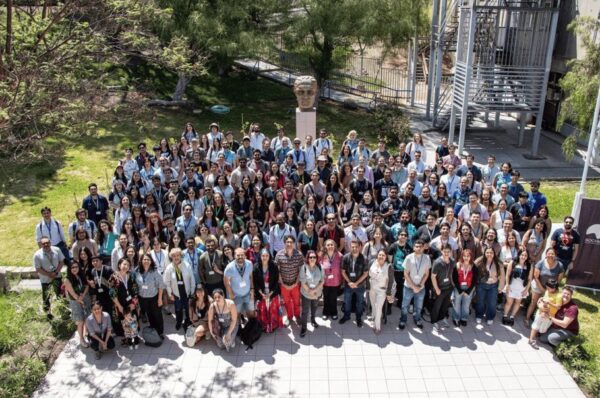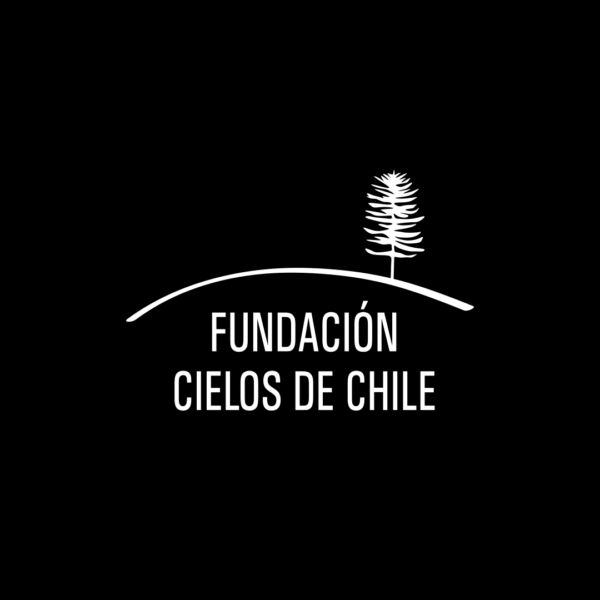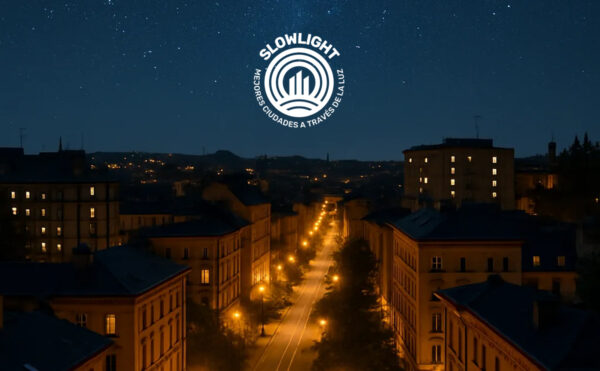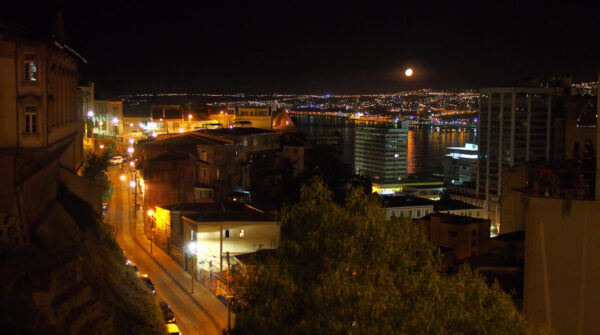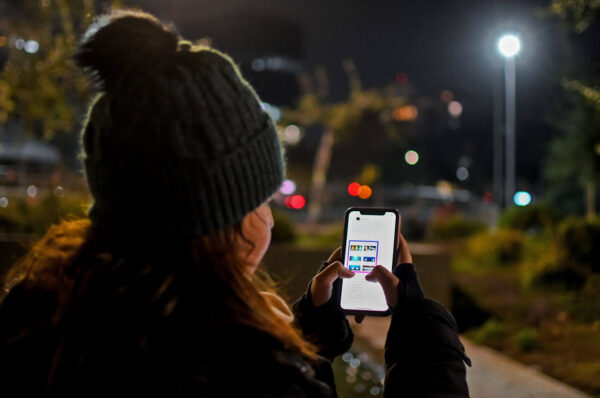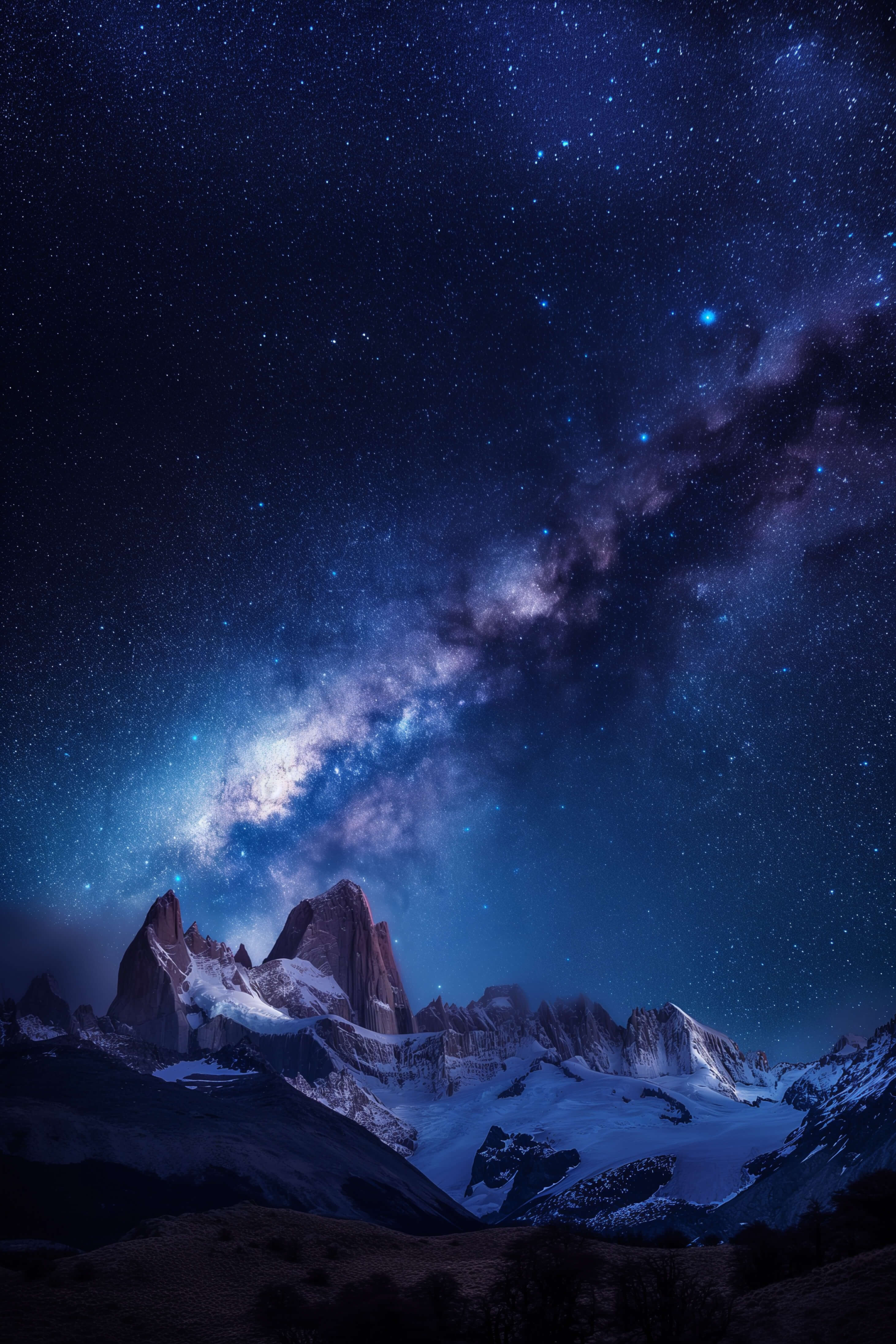With the stellar participation of Alejandro Sánchez, the prominent Spanish expert in light pollution, the event also brought together representatives from the local academia, the Ministry of the Environment, scientific observatories, and civil society.
Last Tuesday, July 23, the Light Pollution Measurement Seminar in Chile 2024 was held at the Center for Advanced Studies and Extension of the Pontifical Catholic University of Valparaíso, where experts from the scientific community and civil society discussed the impact of artificial light on dark skies and how to quantify it. The event was attended by more than 110 people in person and had over 200 live streaming views.
The main speaker of the activity was Alejandro Sánchez, an astrophysicist from the Complutense University of Madrid and author of multiple publications on modeling and measuring the brightness of the night sky. During his lecture, Alejandro discussed the technical and social challenges that exist when measuring light pollution.
Representing the Cielos de Chile Foundation, its executive director, Daniela González, spoke about the various reasons why data is necessary to protect dark skies.
Additionally, the seminar featured the participation of Angel Otarola, atmospheric scientist from the European Southern Observatory (ESO); Sebastián Fingerhuth, Director of the Interdisciplinary Engineering Center PUCV; Ximena Muñoz, president of the Association of Lighting Professionals of Chile; Marcelo Jaque, researcher at the University of La Serena; and Christian Adam, postdoctoral researcher at the University of Antofagasta.
We invite you to relive the event at the following link:
https://www.youtube.com/watch?v=ppx7YtA2tYA
